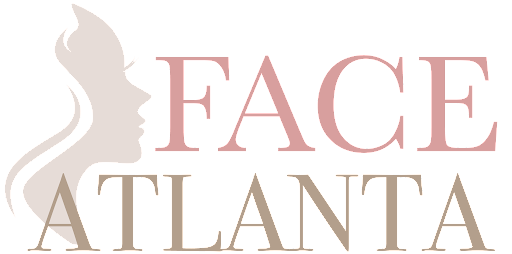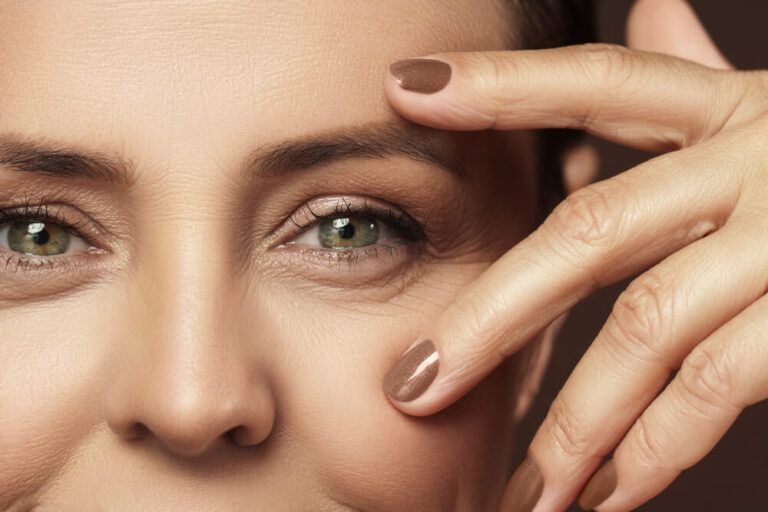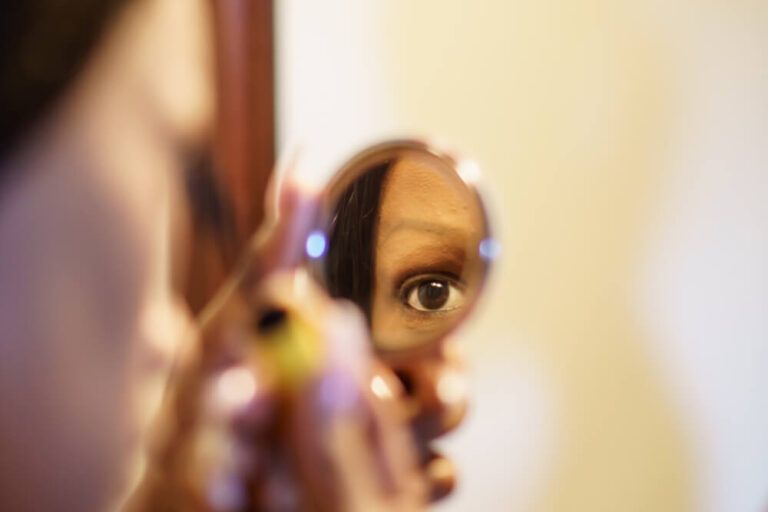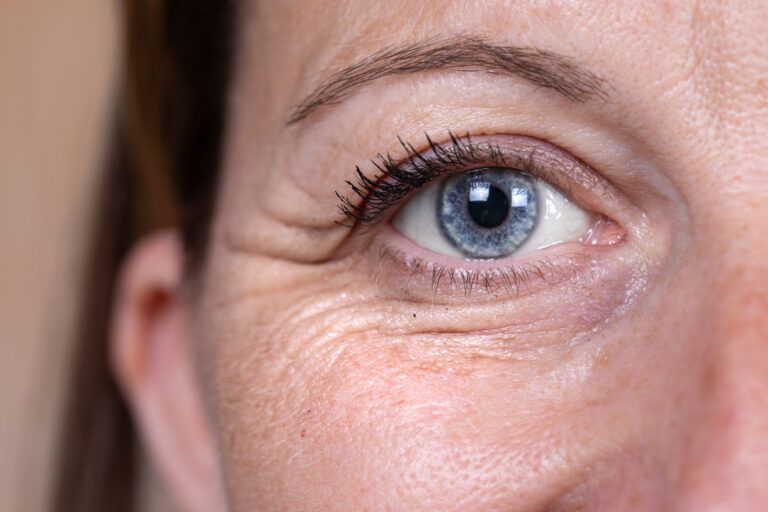In the world of facial plastic surgery and facial medical aesthetics, facial balancing has become an increasingly popular concept. Facial balancing refers to enhancing and harmonizing individual facial features so that they work in unity, creating a more balanced, attractive, and natural appearance. When we look at someone’s face, it’s often the overall harmony and proportionality, rather than just isolated features, that makes it appear aesthetically pleasing. This is the fundamental principle behind facial balancing in plastic surgery and medical aesthetics: focusing on the big picture and how each feature contributes to a cohesive aesthetic look.
What is Facial Balancing?
Facial balancing is a comprehensive approach to the evaluation of facial aesthetics, that considers the relationships between different features. For example, adjusting the shape or size of the nose can affect how we perceive the eyes, chin, lips, or cheekbones. Rather than evaluating and enhancing each feature in isolation, a facial balancing approach aims to make modifications that improve the proportions and overall facial harmony.
Common facial balancing procedures include:
- Rhinoplasty (nose reshaping/nose job): Even subtle changes to the nose can enhance the perception of other features, like the eyes, lips, and chin.
- Mentoplasty/Chin augmentation: A more prominent chin can help balance the profile, especially if the nose is proportionally large and also being adjusted.
- Cheek augmentation: Full, well-defined cheeks can make the face appear more “heart-shaped,” which is perceived as feminine and attractive.
- Lip enhancement: Adjusting lip volume can complement the nose and chin, helping the face appear more proportionate.
- Jawline enhancement: Adding volume to the jawline can help make the jaw appear more defined, and with certain techniques, more square which is perceived as masculine.
These procedures are often combined based on individual goals, facial structure, and an understanding of how each area can contribute to the overall facial appearance.
The Importance of Facial Proportion
Relative symmetry and proportion play a crucial role in how humans perceive beauty. According to the ancient Greek golden ratio, or “divine proportion,” certain measurements and ratios of facial features are inherently pleasing to the human eye. Though this concept can be traced back to Renaissance art, it still holds significant value in modern aesthetics, particularly in facial plastic surgery.
This is not to say that facial features must be exactly symmetric from one side to the other for the entire face to be perceived as attractive. In fact, some natural asymmetry is preferred in humans’ perception of beauty rather than one side of the face being an exact mirror image of the other.
Facial balancing also doesn’t mean that a person’s features need to align perfectly to the golden ratio to be beautiful. Rather, the goal is to enhance natural beauty by achieving proportions that complement the individual’s unique facial structure, making each feature contribute to a balanced, cohesive look.
Facial Balancing for Different Aesthetic Goals
- Refinement without Dramatic Change
For many patients, the goal of facial balancing is subtle enhancement, not a drastic overhaul. Minor adjustments to a few key features can make a significant difference without causing an unnatural look. For example, a moderate increase in volume to the cheeks in someone who has a natural small or setback mid-facial area can improve the harmony between the upper, middle, and lower portions of the face. - Creating Harmony Between Strong Features
In cases where patients have one particularly prominent feature, such as a strong nose, facial balancing can soften these areas to create a more cohesive look. For example, a slight chin augmentation alongside a conservative rhinoplasty can subtly improve the overall profile appearance without making either change overly apparent.
Procedures like cheek contouring or jawline refinement can work to even out features, enhancing the overall aesthetic without removing the individual’s character or personality. - Achieving Youthfulness Through Balance
Youthful faces typically have a full, balanced appearance, with defined cheekbones, a smooth jawline, and rounded contours. Facial balancing techniques that focus on cheek and jaw augmentation, skin tightening, and volume restoration can help create this look, enhancing youthfulness without looking overdone.
Surgical Options for Facial Balancing
Surgical treatments are particularly useful in decreasing the size of prominent features and also provide longer lasting results compared to non-surgical options. Options include:
– Cosmetic rhinoplasty to decrease the overall size of a prominent nose or achieve better nasal contour on a profile view.
– Facial fat transfer to increase volume to the cheeks or under-eye area.
– Chin augmentation with an implant to better balance a small or retrusive chin.
Surgical methods are ideal for patients who are looking for definitive results upfront with little maintenance required later.
Non-Surgical Options for Facial Balancing
While surgical options provide long-lasting and more definitive results, non-surgical procedures are also effective for those looking to achieve facial balance without downtime. Options include:
– Dermal fillers to add volume to the cheeks, chin, or lips.
– Botox to relax certain facial muscles, softening features and creating a more balanced look.
– Liquid rhinoplasty to improve the contour of the nasal profile.
Non-surgical methods are ideal for patients looking for temporary enhancements or those who are not yet ready for surgery. These minimally invasive treatments can often provide a “test run” of potential results, helping patients decide if they want to pursue more permanent changes.
Consultation is Key: Understanding Your Unique Proportions
Since every face is unique, facial balancing requires a highly personalized approach. The first step is a detailed consultation, during which Dr. Tanisha Hutchinson, a highly-trained facial plastic surgeon will examine your facial structure, listen to your goals, and help you understand which areas of enhancement will work best for achieving balance. Together, you will formulate a plan of surgical or non-surgical procedures to achieve facial balance.
Final Thoughts: Embracing Your Natural Beauty Through Balance
Facial balancing doesn’t seek to change who you are or drastically alter your appearance. Instead, it’s a sophisticated approach with a well-trained aesthetic eye to bring out the best in your natural features by focusing on harmony, proportion, and symmetry. With advances in both surgical and non-surgical techniques, achieving facial balance is more accessible than ever, helping individuals feel more confident and aligned with how they feel on the inside.
Whether you’re considering a minor enhancement or a more comprehensive facial balancing plan, choosing a qualified facial plastic surgeon is essential to achieve beautiful, natural-looking results. Dr. Tanisha Hutchinson and the team at FACE Atlanta are ready to assist you in achieving your facial aesthetic goals.



















